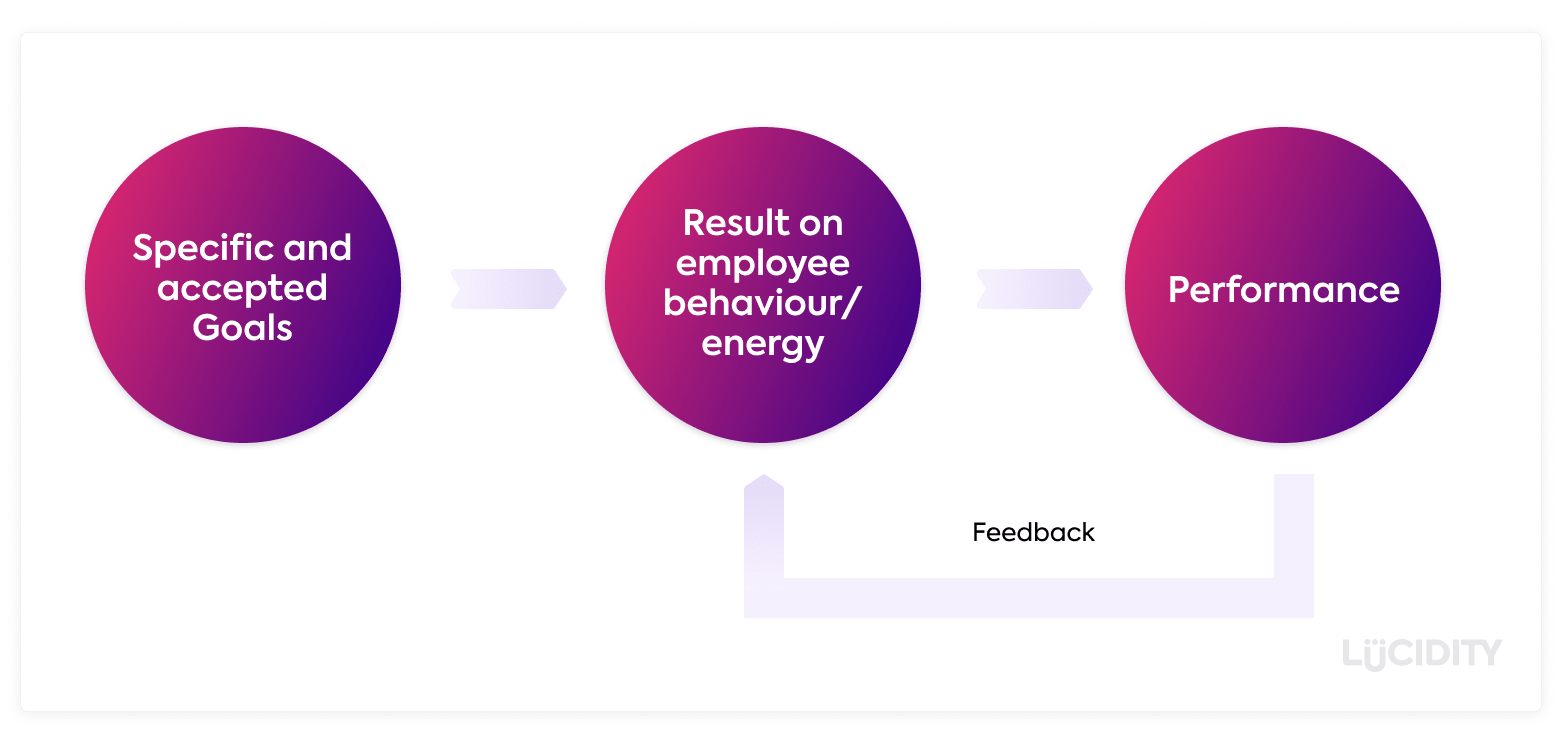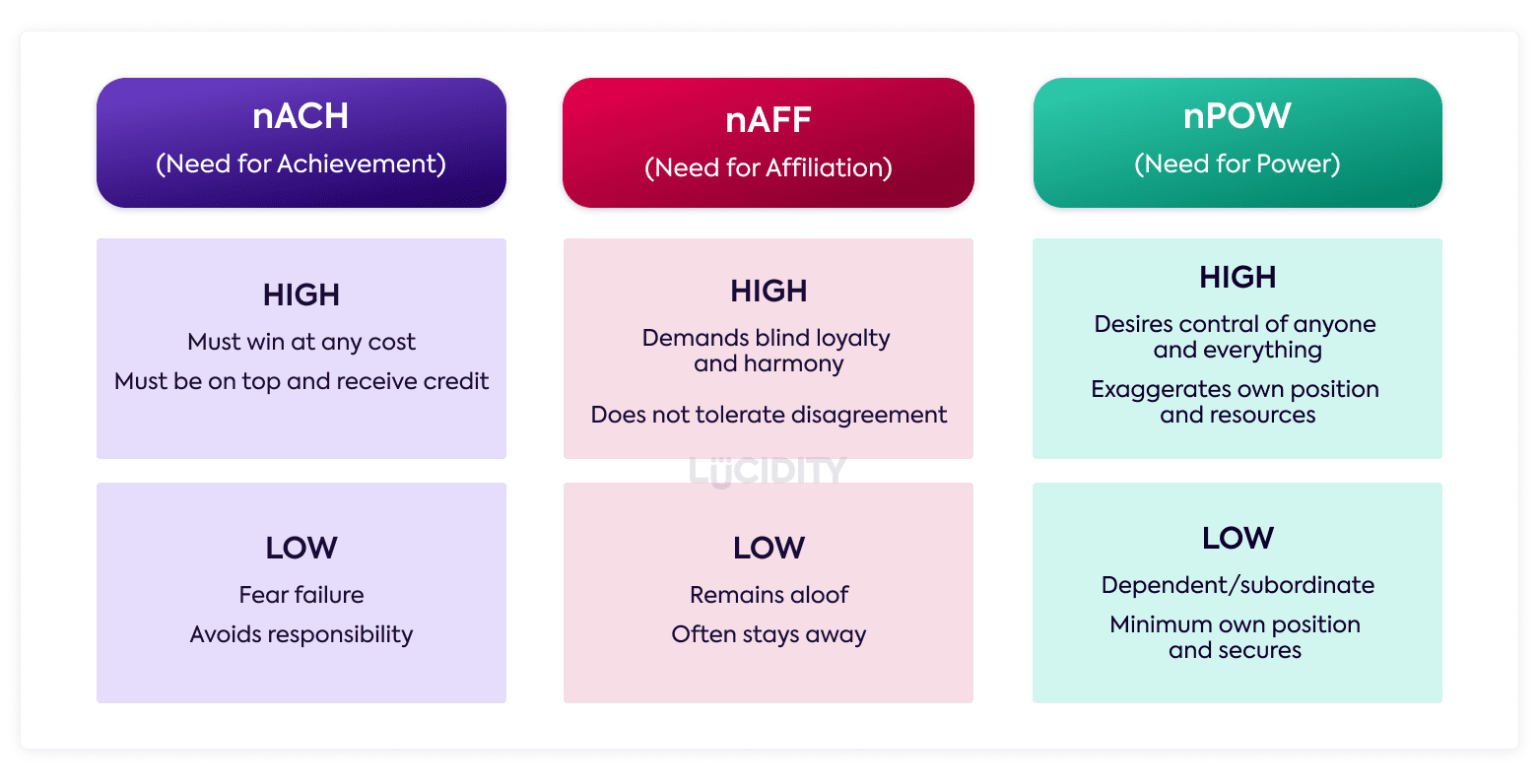As you implement your growth strategy your business could come under strain, so it’s important to develop the right approaches to ensure you focus on and look after employee wellbeing and happiness.
We take a look at one example of a growing business and what they did…
Green Shoots & Big Trees
ReadItNow (name changed for anonymity) is a software business that focused on projects for the transport industry. The company was founded by a group of 5 people who are all still active in the business. They have organically grown by doubling their client numbers year on year and hired employees to match the increased demand that they have faced in recent times.
The company has had two structures:
The current structure has migrated from a Simple Bureaucracy approach, where the directors either performed the work or dictated to the employees, through to an Adhocracy configuration where, in order to meet the increased demand, additional resource has been hired and placed into project teams.
Risky Inconsistency
A recent employee illness required a Project Manager from one team to run two projects simultaneously. The second project taken on by this experienced Project Manager suffered numerous problems, delays and ultimately produced a really unsatisfied customer. When an internal investigation into the causes of this situation was conducted, it showed the new PM used different processes and techniques to those which the original PM had installed in their other successful project.
The Project Manager later left the business citing the stress of the project and her peers became demotivated.
The learning process and communication are often two areas that can cause issues for companies that are maturing and can impact motivation. In this example we see how different groups have been formed and have delivered successful projects, but the lack of internal communication or knowledge transfer has resulted in the inability to easily move resource round the business and therefore accurately plan or deliver future projects. This in turn had resulted in a demotivated and directionless staff, a contrast to the initial successes of the business.
Ultimately it was a lack of strategic planning around the company growth.
Looking at three types of communication across the organisation at the time of the problem demonstrates how messages flowed between the different departments…
The horizontal communication came from social interactions and company wide meetings, there was is no formal structure for employees to exchange ideas or report to management. Upward communication was formed of project status reports while downward communication would be for purely new sales to be allocated to project teams. There was no communication on the strategic planning or why it was important to the company.
The development of this type of management & communication lies within the growth and success of the company. Historically the organisation was designed to process 2 or 3 projects at one time with the current resources available. A sudden win of a new large, major project resulted in the need to hire in all disciplines from project management to development in order to provide the required result. An entirely new team was brought into the company while the existing team focused on current projects.
No Strategic Direction
This organic, sales driven growth resulted in the formation of an adhocracy whereby project teams would focus on their own workload and to a certain extent ignore the overall position of the organisation. From a Board level, as long as projects were delivered successfully, a mask of increasing revenue hid the the potential inefficiencies and risks that lay within the company.
Without good communication flows there is a restriction in the organisational learning opportunity, employees are not compelled to share ideas and experiences with their peers – something needed for organisation learning. Consequently there is little to no intrinsic motivation within the role they provide.
ReadItNow had gone beyond a point where the initial founders and staff could operate the organisation from a top down perspective and were at a stage where direction was required in order to coordinate the overall company operation. As an organisation grows it becomes harder to perform without some clear leadership and structure.
Essentially, they needed a strategy and they needed to communicate it.
Without it, a number of problems can arisen from this situation such as:
- Lack of shared knowledge, all operational knowledge is tacit, little becomes explicit
- Flexibility within projects does not spread to flexibility within company level
- Risk as individuals go sick or leave and replacements do not have an idea of process
- No direction results in demotivated employees
The first & last point are the primary issues for ReadItNow.
Knowledge transition and learning within the company occurred via trial and error for each individual employee. It was done in a very isolated individual level and formed an experimental learning process. Little feedback was given outside of the scope of projects.
So, Motivation?
The problem at hand is the motivation of the employees in the “failed” project team. Looking in a bit more detail, the existing motivational method best fits the McClland Theory of Needs. This theory indicates that the three needs by an employee are that of Power, Achievement and Affiliation. Interestingly in the ReadItNow model, and potentially an attribute of adhocracy configurations, these motivational needs were all within the context of the smaller project teams and not within the greater organisation.
The above shows how this motivational theory worked within the smaller teams. Once a project failed the individuals within the team began to lose their motivation. The key areas of this theory were under threat. The project in question was not an achievement, it meant a reduction in power for the group and the internal perception of the group was one of failure – meaning their affiliation motivation decreased.
We’ve identified that intrinsic motivation for operations within the organisation as a whole was quite low, potentially down to the lack of communication and therefore shared knowledge.
The challenge that faces ReadItNow is to correct these channels of communication and assist in boosting motivation.
No Strategy Communication & Alignment Means…
There are a number of conclusions we can draw from the existing setup at ReadItNow and consequences it has on the organisation and employees.
1: Lack of shared knowledge
Knowledge is contained within individuals with little to no sharing. There are no formal idea sharing or documentation processes which mean efficiencies and innovation is not passed within teams. This damages the long term potential of the company as employee turnover directly impacts the ability to deliver projects.
2: No job identity
Due to the nature of the small project teams individual job roles are not part of larger teams. This lack of role teams means there is little identity for individual employees as their relationship to the organisation is purely within the context of smaller projects.
3: Loss of direction within teams
Motivation around individuals centred on successful delivery of projects and a lack of communication of overall strategy or an individuals placement within the larger organisation. This inner team motivational theory worked well when the projects were successful but as soon as the organisation came under stress the motivation of employees quickly decreased.
The Big Fix
Significant changes to the way the management of the company operated were required in order to continue growth. The Adhocracy configuration is a good fit for the type of project driven work the company operates in but as highlighted area there is a requirement to motivate staff, improve morale and take advantage of the adhocracy benefits.
There are three areas that require attention:
- Strategic planning and communication is missing
- Knowledge sharing to aid innovation
- Motivation of staff to protect from demoralising project issues
The company completely re-created their strategy with a new focus on communication, consistency and collaboration. Billed as the 3C Strategy, this introduced a number of changes including notably:
1: Job Role Forums
This concept would bring the Project Managers together from all projects to regularly discuss and share ideas. The initial goal would be to structure a definitive way projects are run within the organisation and document this process for all existing and new Project Managers to follow. The regular forum meetings would allow for innovation and shared ideas to be fed back into this project process, borrowing a lot from the concept of Locke’s Goal Theory.
2: Job identity
There was a lack of job identity due to the independent way the teams work within the organisation. Using the forum approach mentioned above, teams could be formed across all organisation disciplines to share ideas and tasks. This will allow employees to be part of a larger team within the company as well as their role within smaller projects.
The goal of the above two changes was to impact in the structure of the organisation, allowing employees to feel part of a larger team and sharing ideas and knowledge between the smaller project groups. The new system ensured feedback was given, so employees knew how their progress was developing and the direction of the company – it was key everyone knew how they contributed to the overall strategy.
These recommendations came from looking at the Forming, Storming, Norming & Performing theory which investigates how teams come together and structure themselves.
With the teams in place and a job identity present the area of motivation becomes easier to tackle. Crucially, it was to be done while protecting the informal and enjoyable culture fostered in to the business. The Board added several initiatives to ensure they knew the feeling and motivation of employees, something they’d later deem their Company Heartbeat.
A Happy Ending…
ReadItNow implemented the above processes starting with a clear strategic plan, using Lucidity of course, and moved on to cascade their thinking through the business. In the year since the changes were implemented employee satisfaction rose, revenues increased and they haven’t had another failed project…
And best of all, the company continues to scale up and grow to this day!
… almost worth finishing with "and they lived happily ever after"
Get your own happy ending
Book a demo and let us show you how easily you can build, communicate and execute the right strategy to grow your business.














